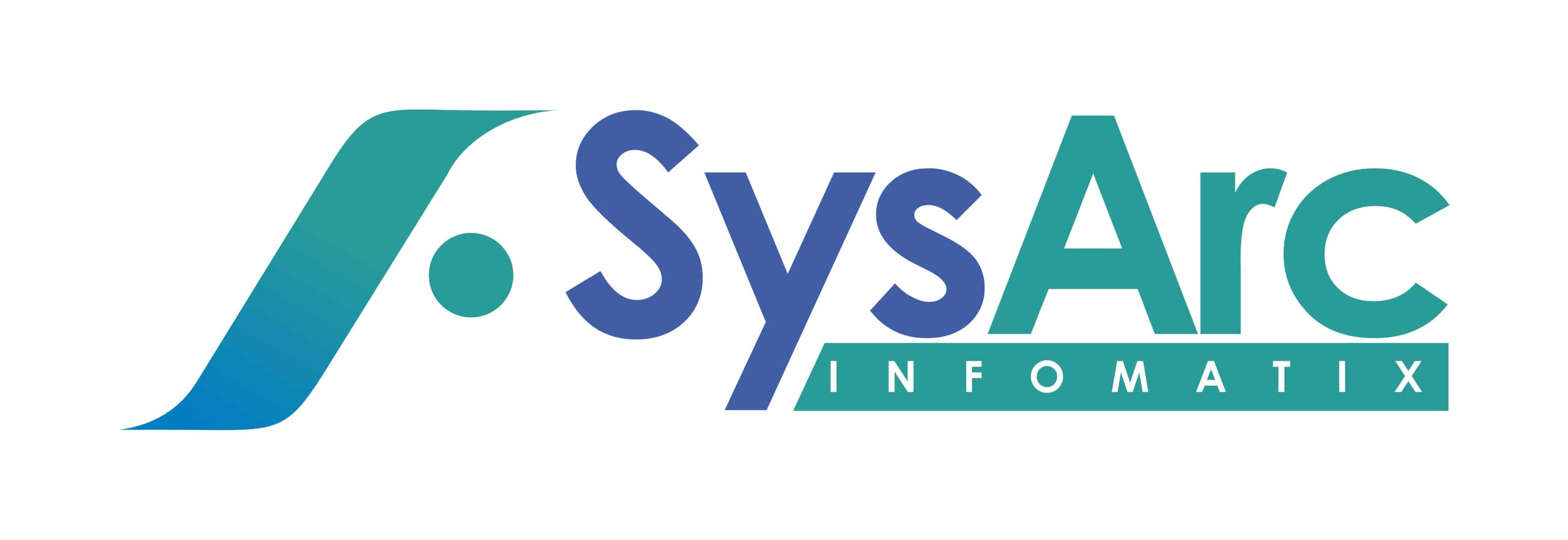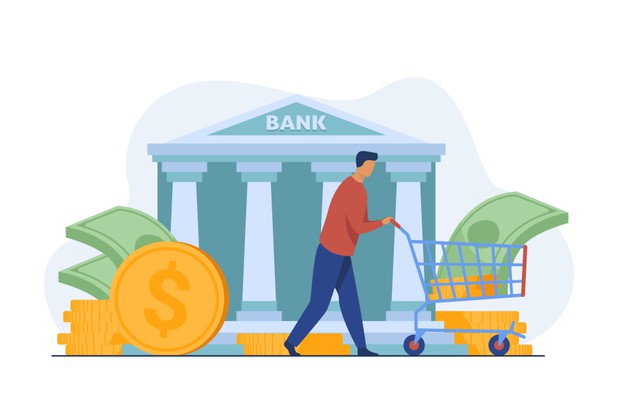How Digital lending is scaling up to the pandemic
Even as the most devastating crisis of our times plays out, banking and financial services continue to hog the limelight simply because they are needed to dispense cash, make payments and loans– thelifeblood of our economy even in normal times. While FinTech and digital lending have been around for many years now, they have been severely tested by the pandemic on many fronts- defaults of their borrowers is looming large, while they themselves face a funds crunch with banks and MFs reluctant to lend further. But the good news is that there has been tremendous innovation and scaling up of capabilities all around- digital lenders, technology companies and even borrowers are rising to this completely new challenge.
FinTech lenders/banks
While technology companies had long had in place structures like Business Continuity planning, remote working and digital infrastructure, non-IT companies such as banks and others have struggled to set it all up in a short time and adjust to the new normal. Generally, going digital has been a three step process
- Setting up a Virtual Desktop Infrastructure (VDI) hosted on a centralised server which can then be accessed remotely by users from any device.
- Setting up a cloud based LOS/LMS Solutionwhichmost banks and NBFCs anyway have already begun using to keep track of their entire loan book and finally
- Setting up a Document Execution Platform; this has proved the hardest part for banks/lending companies, since physical documents, signing, stamping and delivery require physical contact. There are digital document execution platforms with a facility for digital stamping and multiple signature options – Aadhaar eSign, DSC Sign, Doc Signer and Virtual Sign, etc. – as well as solutions that address the ‘last mile’ of digital connectivity by allowing businesses to pay stamp duty online to be completely compliant with the Indian Stamp Act and the Information Technology Act.
But tech savvy banks scaled quickly–for instance ICICI launched ICICI Stack – a set of 500 tools to enable digital banking, which normally would take a smaller bank or firm years to develop and requiring significant tech bandwidth. Some others have taken to API-enabled platforms; DMI Finance, a digital lender uses SalesForce as the ‘technology platform’ whereby partners could capture data on a loan or customer and relay it to DMI Finance using standard Salesforce APIs.About 30-40 salesforce APIs do the KYC checks, a credit-decisioning engine in Salesforce does near real-time decisioning based on inputs fed and when the loan is ready to be disbursed, Salesforce creates the payment plans and EMIs. DMI agents also use Salesforce to process loan repayments and track loan delinquencies.Such automation allows DMI to make a credit decision for 95% of loan applications in less than 60 seconds.
Borrowers
Borrowers are facing pains too –many of their businesses shut and could not generate sufficient income to service their loans. The worst affected segment has been micro, small and medium enterprise(MSME) borrowers who were outside the formal banking system. They suffer not only the loss of business, but also faced an inability to access fresh credit as NBFCs and microfinance institutions (MFIs) ran dry of funds. MFI borrowers, for instance, borrow typically small amounts as low as Rs.5000, have been unable to repay the loans, even if they have the capacityto do so, because traditional microfinance runs in a highly personalized manner in India where repayments are typically made in cash to an agent who visits them weekly.The economics of microfinance require high repayment rates – even a small slippage in repayment rates (from 95% to 85%) could render many MFIs insolvent in less than a year.
According to the Economist magazine (May 5, 2020) a recent World Bank study estimates thatMSMEsmake up about 90% of businesses and more than 50% of employment worldwide. Recent years have also witnessed a huge growth in non-banking institutions designed to serve this large unbanked segment such as charitable and for-profit MFIs, which have around 140m customers globally; but since many of them have not scaled up digitally, there is a huge threat of many of the borrowers being pushed back into the “financially excluded” category again. So, a clear effect has been the acceleration of the digitisation of finance, once expected to happen over the next 10 years, but now perhaps may take place over the next year.
How digital lenders are innovating
- Rupeek,an Indian online gold loan company, has introducedRupeekZ, a “zero contact” gold loan kiosk, in order to safely issue gold loans by eliminatinghuman touch during transactions. It is stated to use germicidal technology to expose the gold to UVC light in a closed box environment which helps remove most of the germs and viruses. The solution has been designed in a manner which requires no contact between the borrower and the company staff. They propose to install the kiosks in different locations across India.
- Another fintech HAPPY, has introduced a Lockdown loan for MSMEs which addresses working capital needs during the lockdown period- the loan amounts vary between Rs 25,000 and Rs 50,000 with bullet repayment after 6 months. It also comes with CoVID-19 protection insurance, wherein a full loan waiver is extended to those affected by the coronavirus outbreak.
- Lendingkart, an SME-focused fintech-NBFC, backed by Fullerton, which was badly hit by the lockdown (it used to disburse Rs.270 -280 crore per month prior to the pandemic). Rather than lay offstaff, it switched its marketing team over to collection almost doubling its strength, as collections proved to be the critical area of concern.
An encouraging signal is that venture capital investors have not given up on FinTech:
According to data fromTraxcn and IBS Intelligence, funding into the Indian FinTech start-ups increased by 40% (at $807 million) during the first three months of the current year as compared to $570 million for the same period last year.Indian FinTechs in fact raked up more funding than Chinese FinTechs. Challenging times undoubtedly, but players seem to be rising to it!

